#bishops war
Text
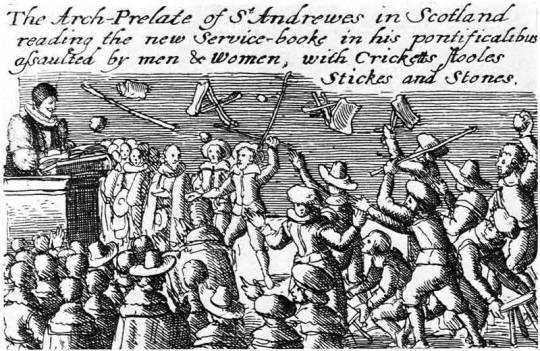
On June 17th 1639 Charles I's Army reached Berwick-upon-Tweed, and was met by a larger Scottish Army.
This was part of The Bishops' Wars a result of Charles’s endeavour to enforce Anglican observances in the Scottish Church and of the determination of the Scots to abolish episcopacy. It all started with Jenny Geddes throwing a stool in St Giles in Edinburgh two years before, during the first public use of the Episcopalian Book of Common Prayer in Scotland shouting
“Deil colic the wame o’ ye, fause thief; daur ye say Mass in my lug?” meaning “Devil cause you severe pain and flatulent distension of your abdomen, false thief: dare you say the Mass in my ear?”
The next day, the privy council (which governed Scotland) forbade speaking against the government or prayer book on pain of death. However due to the opposition they ordered that the prayer book not be used until king Charles I, in London, had been told about the situation. Many protests and petitions against the prayer book were made to the privy council, condemning it as containing errors and being forced on the church without being the approval of a General Assembly or Parliament.
It quickly led to national resistance in Scotland; and, when in November 1638 the General Assembly at Glasgow set Charles’s orders at defiance, he gathered an English force and marched toward the border in 1639. Lacking sufficient funds and lacking confidence in his troops, however, Charles agreed, by what became known as the Pacification of Berwick, or The Treaty of Berwick to leave the Scots alone. The first Bishops’ War thus ended without battle.
Under the terms Charles conceded to the Scots the right to a free church assembly and a free parliament.
The pic shows the event in 1637 that kicked it all off.
13 notes
·
View notes
Text

The Shepherd of Souls
I had an idea for a COTL AU in which the Lamb is a reincarnation of the original god of death, known as the Shepherd of Souls.
#my art#cult of the lamb#the lamb#cotl lamb#cotl narinder#cotl au#cotl fanart#relics of the old faith added some very interesting lore surrounding how one would become a bishop#so the idea is that Narinder found the crown after the gods' war#and the lamb was fated to be chosen as his vessel (and eventual successor) because they were the original wearer of the crown#illustration#narilamb#< adding this tag bc. yeah 👍
5K notes
·
View notes
Text

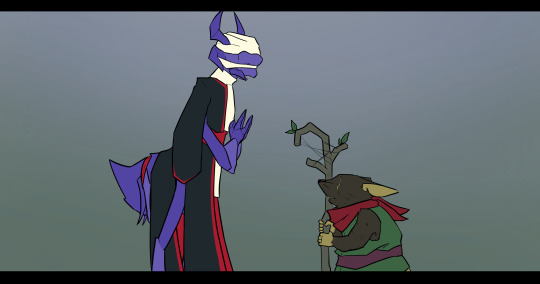
Once upon a time a small rat walked into my web...
#cotl#cult of the lamb#shamura cotl#cotl shamura#cotl ratau#ratau cotl#fan art#digital art#my art#I think of the idea that Ratau went into Silkcradle and tried to battle Shamura and lost.#I think like ''take out their leader so they are all helpless''#it didn't work#lost an eye#was constantly chased by the other bishop's followers for attempting to#and now years later in his extended lifespan#a certain spider walks into his hut#mind not quite there#quite lost#and they play a game#and maybe they recognize him maybe not#maybe the anxiety of having a ex-god-now-demigod is overreacted and overthought#but for now he'll just roll his dice#and see why they were once called the god of wisdom and war
3K notes
·
View notes
Text


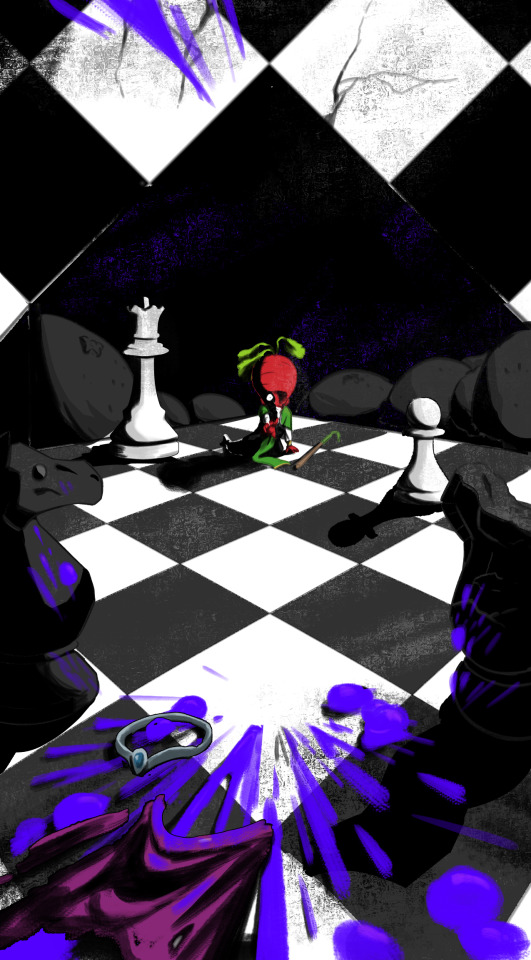
bishop takes queen
#dimension 20#d20#the ravening war#bishop raphaniel charlock#the ravening war spoilers#trw spoilers#dimension 20 spoilers#tbh this was my Second fave part of the ep#my actual fave was canonizing the secret mushroom kingdom (<- predictable)#couldn't resist that chess imagery tho#brennan cracking a lil 'heehee i can only move diagonally' vs me thinking 'hm. well i could do something with that'#raphaniel realizing he's just a piece on the board oho#fanart#jara draws stuff#long post
6K notes
·
View notes
Text
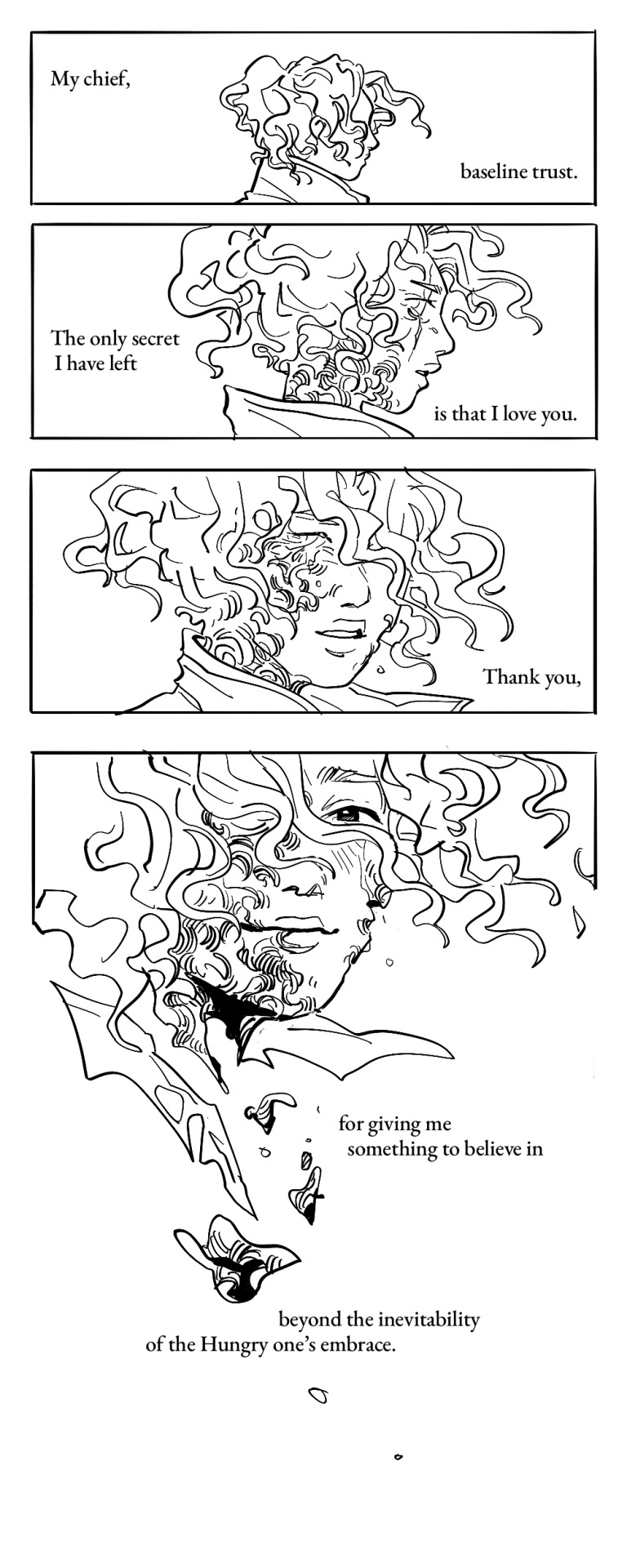




the years after
i would’ve liked to color it/shade it properly but i literally don’t have any time for the foreseeable future (which is killing me because the new d20 season looks so good) so i wanted to get this out now
i like to think they all keep some sort of (tenuous) contact. that’s all. oh and the flowers in the final panel are carolina reaper and radish flowers 🌸
#dimension 20#the ravening war#the ravening war spoilers#karna solara#thane delissandro katzon#colin provolone#queen amangeaux epicée du peche#scrumptious scoundrels#fanart#my art#bishop raphaniel charlock#<< i forgot to add him in the tags im sorry raphaniel gets so little screentime here
4K notes
·
View notes
Text


the duo we deserve
#dimension 20#the ravening war spoilers#the ravening war#brennan lee mulligan#bishop raphaniel charlock#ik he's not bishop anymore but i am not changing my tag for him lol#zac oyama#colin provolone
3K notes
·
View notes
Text

still not over this corker of a line from that crazy radish man
2K notes
·
View notes
Photo
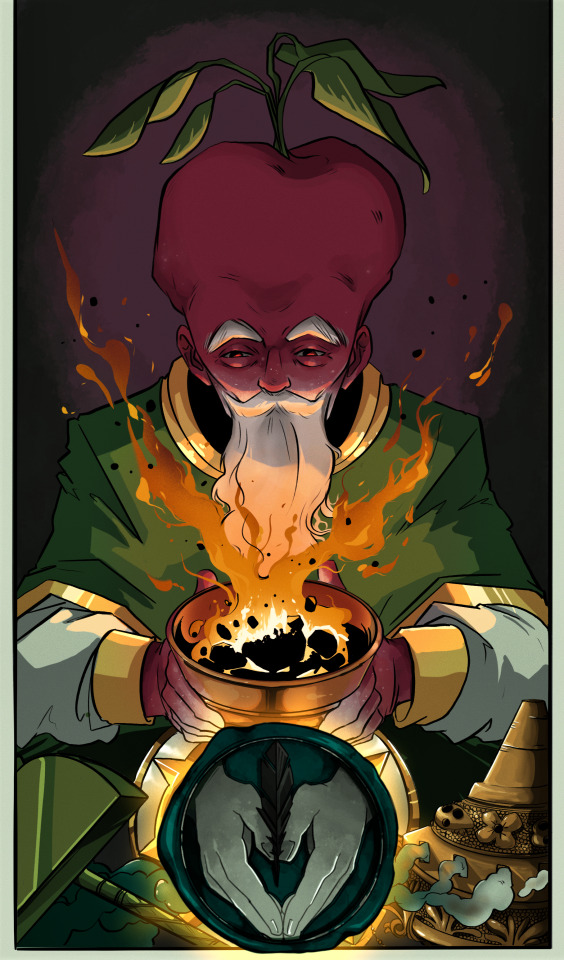
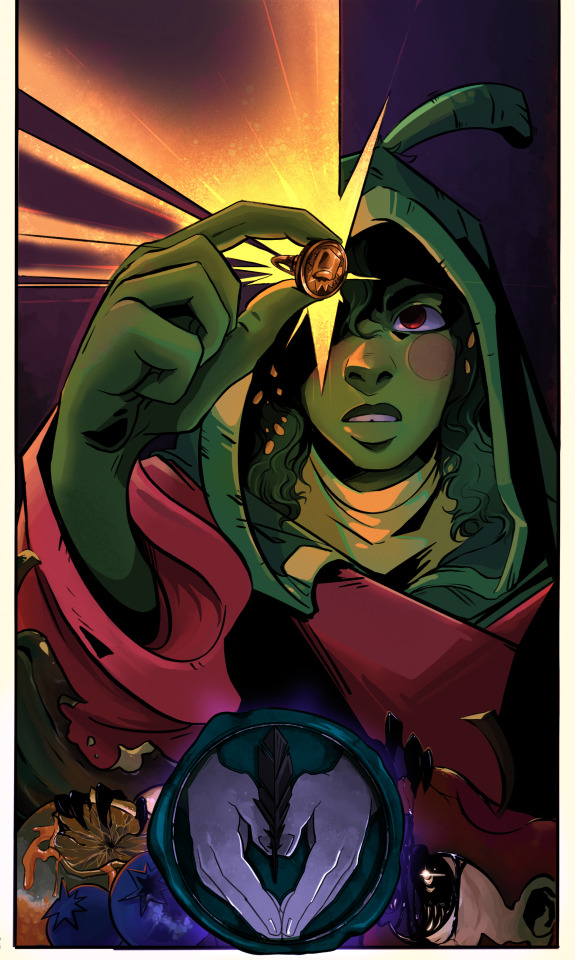

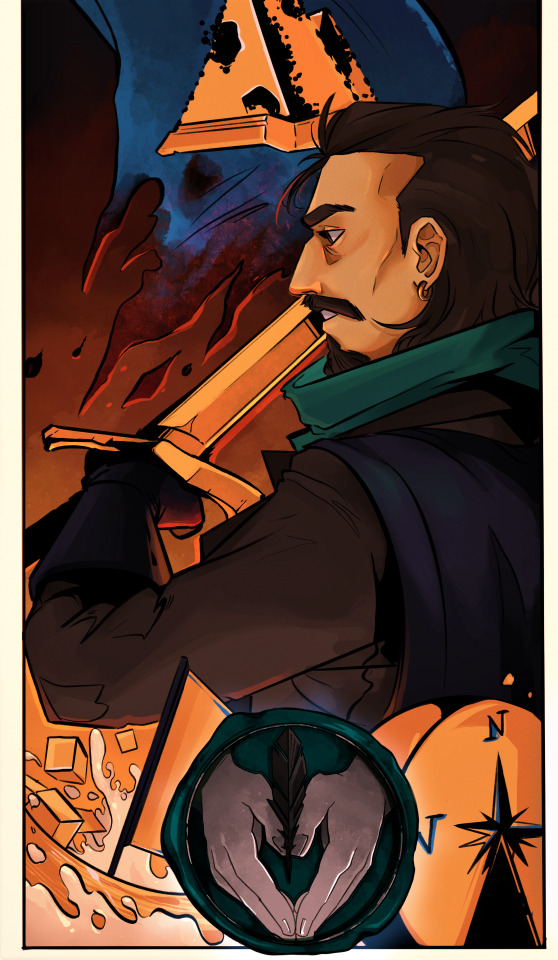

The FDA knows.
#dimension 20#d20#d20 the ravening war#karna solara#colin provolone#queen amangeaux epicee du peche#bishop raphaniel charlock#thane delissandro katzon#my art#love these scrumptious scoundrels!
3K notes
·
View notes
Text

I love Brennan Lee Mulligan’s new character.
4K notes
·
View notes
Text
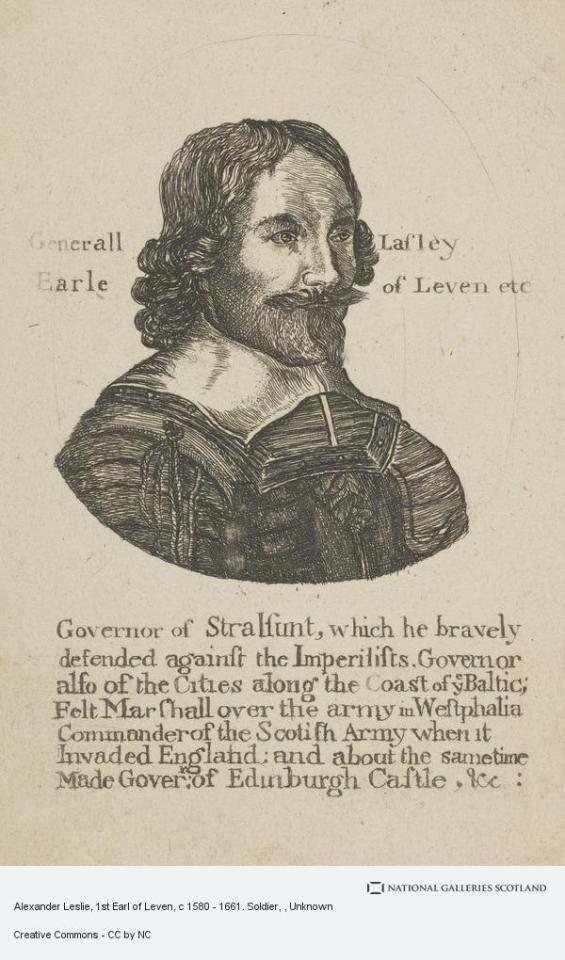
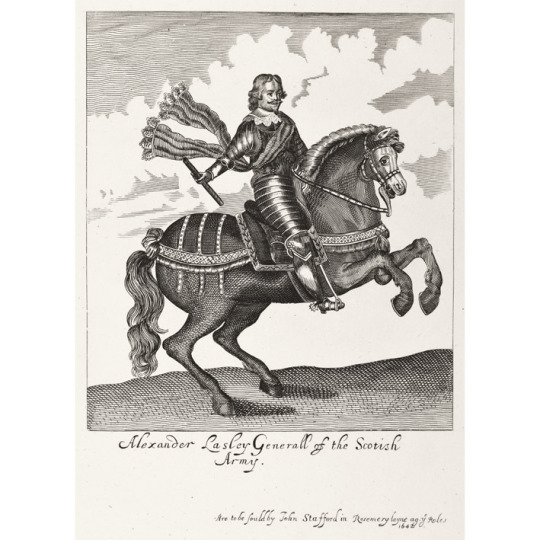
19th January 1644 saw a Scottish Covenanter army of 20,000 men under the command of Alexander Leslie, 1st Earl of Leven move south into England and their civil war supporting Oliver Cromwell.
Sit doon and get comfy, this will be a lengthy post, for the start of this post has it's roots in The English Civil War it takes us right up to the Jacobite Uprisings and the split in loyalties between King and country.
The 17th-century civil war may seem a very English affair, but that is misleading – it was started and ended by Scots.
We all know a bit about the rise to power of Oliver Cromwell and his New Model Army; the Battles of Worcester and Naseby and Marston Moor that ended with the execution of King Charles I, to me it marked the beginning of the end of the Stuarts, and it all seems a rather English affair, recently, however, historians have preferred to call it ‘The War of Three Kingdoms’, since both Scotland and Ireland were inevitably drawn into the dispute. It is easy to see why the older version prevailed for so long.
To me the internet has helped people, like myself understand history better, we can seek out so many sources so easily, at school, if you were lucky you got a text book with the one version being "gospel" but even on here I have been called out for getting things wrong, well in the eyes of the person calling me out I certainly will concede certain ground, but history as well is how you perceive it, what to put in my posts and what to leave out. I rely on some people to keep me right in some respects, and I can't hold a torch to some peoples knowledge of certain aspects of our history, I take my hat off to the likes of my friends, Marti Morrison, or Roland Obrien whose Jacobite knowledge can put me to shame, these guys live and breath the history, wear the outfits, walk the battlefields and have done for years, mere mortals like me scour the archives piecing together from many sources, like todays post, giving an understanding of events that has been lacking in the classrooms when the super info-highway was still drifting out in space.
Anyway back to the post in hand.
The English story is clear – the extravagant and naïve Charles pitted against the unglamorous and hard-headed Cromwell over a clear point of principle. The Scottish story, however, is much more ambiguous.
Indeed, if the ‘English Civil War’ might broadly be dated from 1640, when Charles I dissolved the ‘Short Parliament’, to 1660, when General Monck restored Charles II to the throne, the ‘Scottish Civil War’ could be said to have run from 1637 to 1744, and the final defeat of the Jacobite cause.
Lets start with simple question: to whom did Charles I surrender in 1646? Not to Fairfax, Essex, Ireton or Cromwell, the leading lights in the English Civil War, but to the Scottish regiment encamped at Newark, led by Alexander Leslie.
Charles, who had of course been born in Scotland, and always had a problem with the Scottish Kirk, who maintained that while the King had authority in matters temporal, they had authority in matters spiritual; and often where one ended and the other began was a point of serious contention. Time and time again I go back to pointing out the Stewart/Stuart, mantra of Devine right of Kings.
James VI as the first King to "rule" over the two Kingdoms of Scotland and England got away with having two forms of worship by not getting too involved with them, Charles however was much more headstrong, his first, and some say biggest mistake was the introduction of his own prayer books on the Scottish Kirk in 1637. It caused a riot, with one woman, Jenny Geddes, purportedly throwing her stool at the minister and shouting ‘daur ye say Mass in my lug?’ They saw it as being to close to the "Popery" of the Catholic church, it led to the drawing up a ‘National Covenant' which was a solemn agreement inaugurated to reject the prayer book and any meddling by the King in their religion. Don't underestimate this agreement a staggering six hundred thousand Scots signed the document, in any age, it stated that as long as the king protected the Presbyterian Church, the Presbyterian Church would protect the king. There was the rub.
Charles, forgetting that the word ‘thrawn’ could have been invented to describe the Scottish Church, sorted refused to sign, leading to the so-called First and Second Bishops’ Wars, the latter ending with Montrose and the veteran of the European wars Alexander Leslie in control of Northumbria and County Durham. Charles had to recall the English Parliament for financial support – the ‘Long Parliament’ – and precipitated his war with them.
Parliament now opened negotiations with the Church. Although there were many mutual areas of agreement, the Church of Scotland held both the Independents and the Puritans at arm’s length.
Nevertheless, Westminster and Edinburgh both signed a successor document to the Covenant, the Solemn League and Covenant, which brought the Scots into the fray on the side of Parliament. Even before this, Montrose had already switched sides, concerned that the Kirk was attempting to usurp the power of the Crown.
While Charles was fighting Cromwell he still held out hope that the Scots could wield and come to his rescue, perhaps this is why he surrendered himself to Leslies army and not the Roundheads. What did for him was English gold. The Scots had been promised much and were financially insecure, so in exchange for their prisoner, the English Parliament paid Scottish debts, Leslie's army had not been paid as promised for allying themselves with Cromwell, with this settled Charles was handed over, eventually to be tried and executed.
The execution of Charles was a turning point. The English had killed the legitimate King of Scots without so much as a by-your-leave. Charles II was proclaimed King of Scots in Edinburgh, and the head of the ‘Engagers’, the Duke of Hamilton, beheaded in London.
Under the Treaty of Breda, Charles II signed the Covenant; an act he did so in supreme bad faith. He needed allies not disputations on theology. Cromwell addressed the General Assembly over the Scots defection, saying: ‘I beseech you, in the bowels in Christ, think it possible ye may be mistaken.’
When the Assembly decided they were not, Cromwell launched a punitive strike against Dunbar, capturing it from Sir David Leslie, ( his brother, Alexander by now aged and retired) beside whom he fought at Marston Moor. Three thousand Scots were killed and 10,000 captured. By the Battle of Inverkeithing, Cromwell had effective control of everywhere south of the Firth of Forth.
But the Scots were intransigent. In the last battle of the ‘English Civil War’, the Battle of Worcester, the majority of the 16,000 strong Royalist force was Scottish. Around 8000 Scottish prisoners were sent as indentured labourers to the West Indies and Canada, starting a relationship with those regions that would have significant influence in later centuries. Leslie was sent to the Tower, and released a decade later on the successful Restoration of Charles II and the death of Cromwell.
The Scots had instigated the war on their insistence that they were religiously and politically different from England. One unforeseen consequence was that Cromwell’s Commonwealth was the first time Scotland and England had the same governance, he is acknowledged as the only an to invade and control all of Scotland, a feat Longshanks, Edward I never quite accomplished.
Charles II did not heed the lessons of what had happened to his father, and his attempts to create ecclesiastical uniformity led to the ‘Killing Time’ between 1680 and 1688. Even more bizarrely, after the English Parliament invited William III to take the crown, in favour of the Catholic King James VI and II, some Covenanters fought for the Stuarts against the new regime. The misery of war and religious schism makes for strange bedfellows indeed.
At the root, perhaps, of the problem was the difference between the Scottish and English experiences of Stuart monarchy. The Stuarts had ruled Scotland since 1371 and England since 1603. They may have been weak, injudicious, opinionated, divisive and profligate kings – but they had been our kings for a much longer time.
#scotland#scottish#english civil war#bishops war#the stuarts#royalty#oliver cromwell#the covenanters#history
17 notes
·
View notes
Text
i think "if you kill us all i'm going to become a ghost pepper and haunt your ass" is my favorite food-based joke of the season so far
#the ravening war#trw spoilers#that's probably not the exact quote I didn't feel like pausing to go back and get the verbatim of it#dimension 20#acoc#karna solara#bishop raphaniel charlock
2K notes
·
View notes
Text
episode 5 of the ravening war is actually so funny because karna is looking at deli with heart eyes, deli is looking at colin with heart eyes, and colin is looking at raphaniel with exasperation as the weird little radish priest tries to fuck a wet biscuit and crawls up the walls like he’s in the exorcist. love wins.
#dimension 20#the ravening war#colin provolone#thane delissandro katzon#karna solara#bishop raphaniel charlock#no one is on the same page here
3K notes
·
View notes
Text


zac oyama you've done it again (making a character that's irresistible to me)
#ngl i mostly drew this remedially.#the art this season is rad as hell. but that string cheese simply looks too cool.#should look more babygirl. like a floppy cheese slice.#the ravening war#d20#dimension 20#colin provolone#you can trust that the bishop will be making an appearance eventually. but for now i must sleep.#fanart#jara draws stuff#sketchie sketch
4K notes
·
View notes
Text
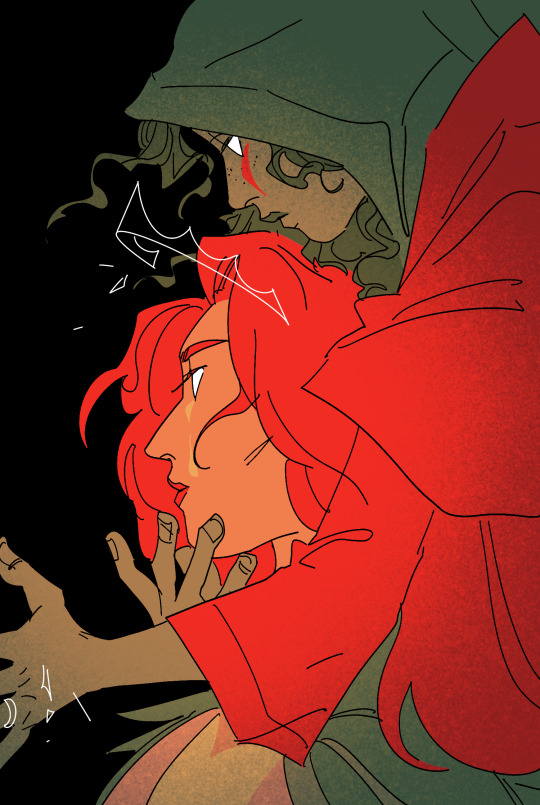

scrumptious scoundrels!
… and just a bishop who’s wandered into a secret gathering.
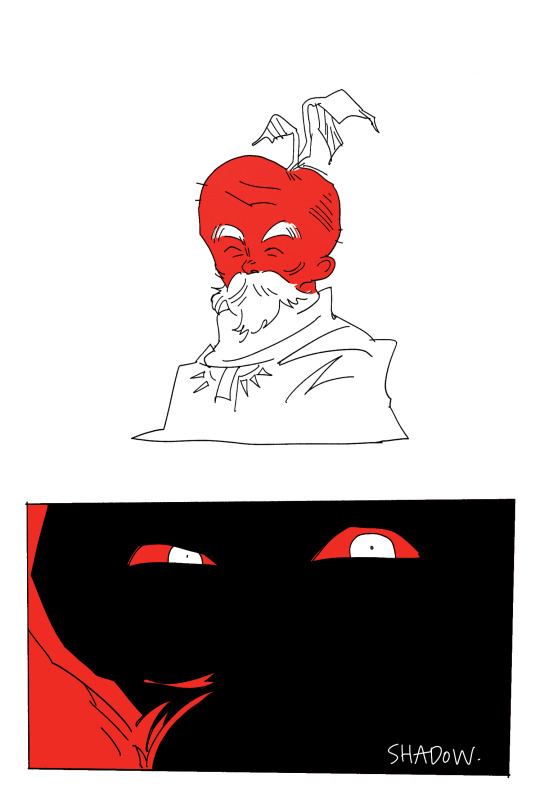
#dimension 20#the ravening war#the ravening war spoilers#karna solara#queen amangeaux epicée du peche#thane delissandro katzon#colin provolone#bishop raphaniel charlock#fanart#my art#dimension 20 spoilers#oh wow!!!! what a first ep#i was tired as hell when i finally got to watch but the episode recharged me#and i am very very very intrigued
4K notes
·
View notes
Text

#dimension 20#collegehumor#dnd#dungeons and dragons#d20#brennan lee mulligan#dropout#the ravening war#ravening war#trw#bishop raphaniel charlock#raphaniel charlock#colin provolone#zac oyama
2K notes
·
View notes
Text


post-patricide grief counseling
(original post here)
#do not care if colin doesn't have his earring in the timeskip art. i'm drawing him with it regardless#the bulbian church can pry his swag from my cold dead hands#dimension 20#d20#the ravening war#bishop raphaniel charlock#colin provolone#scal art
2K notes
·
View notes